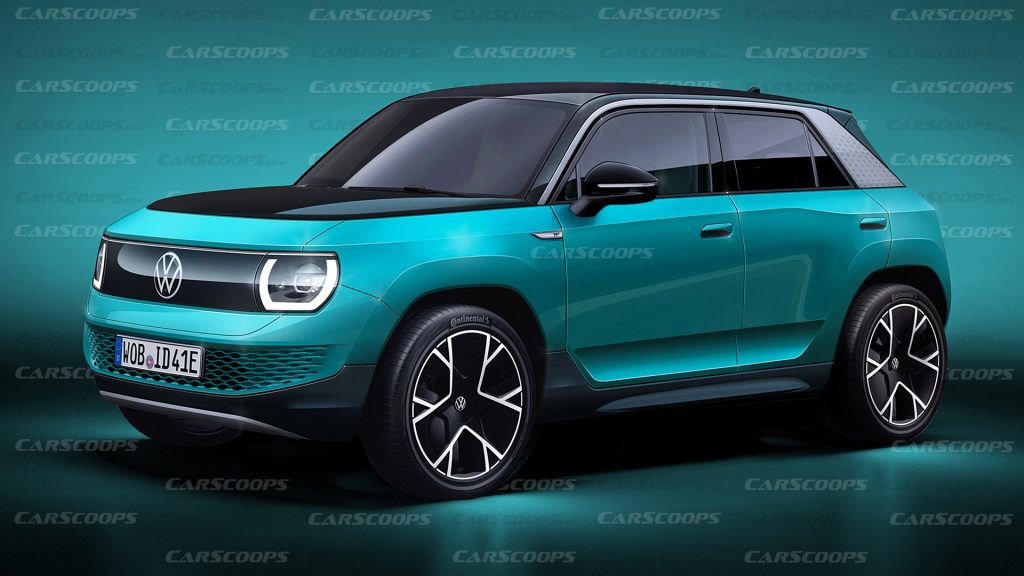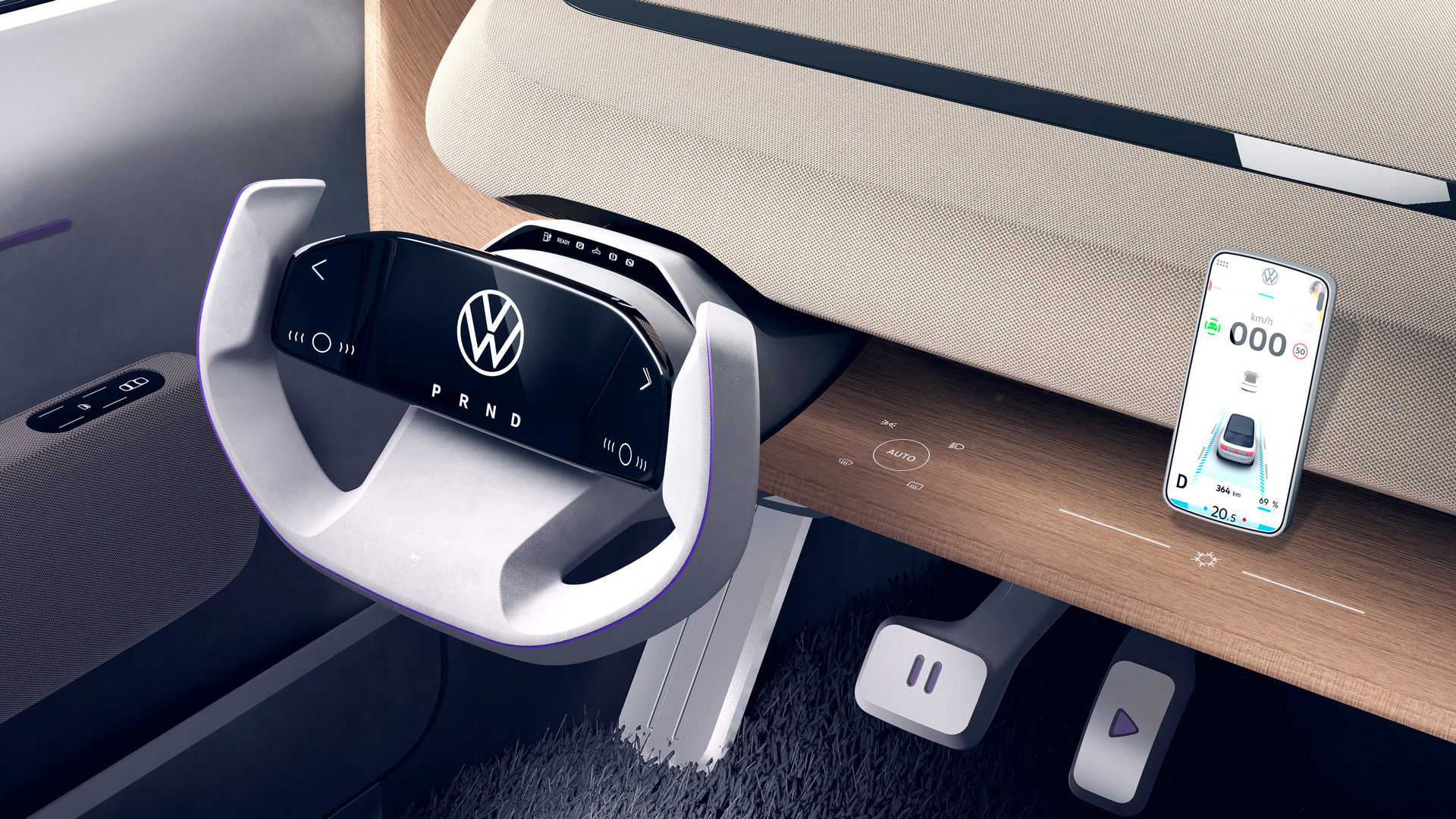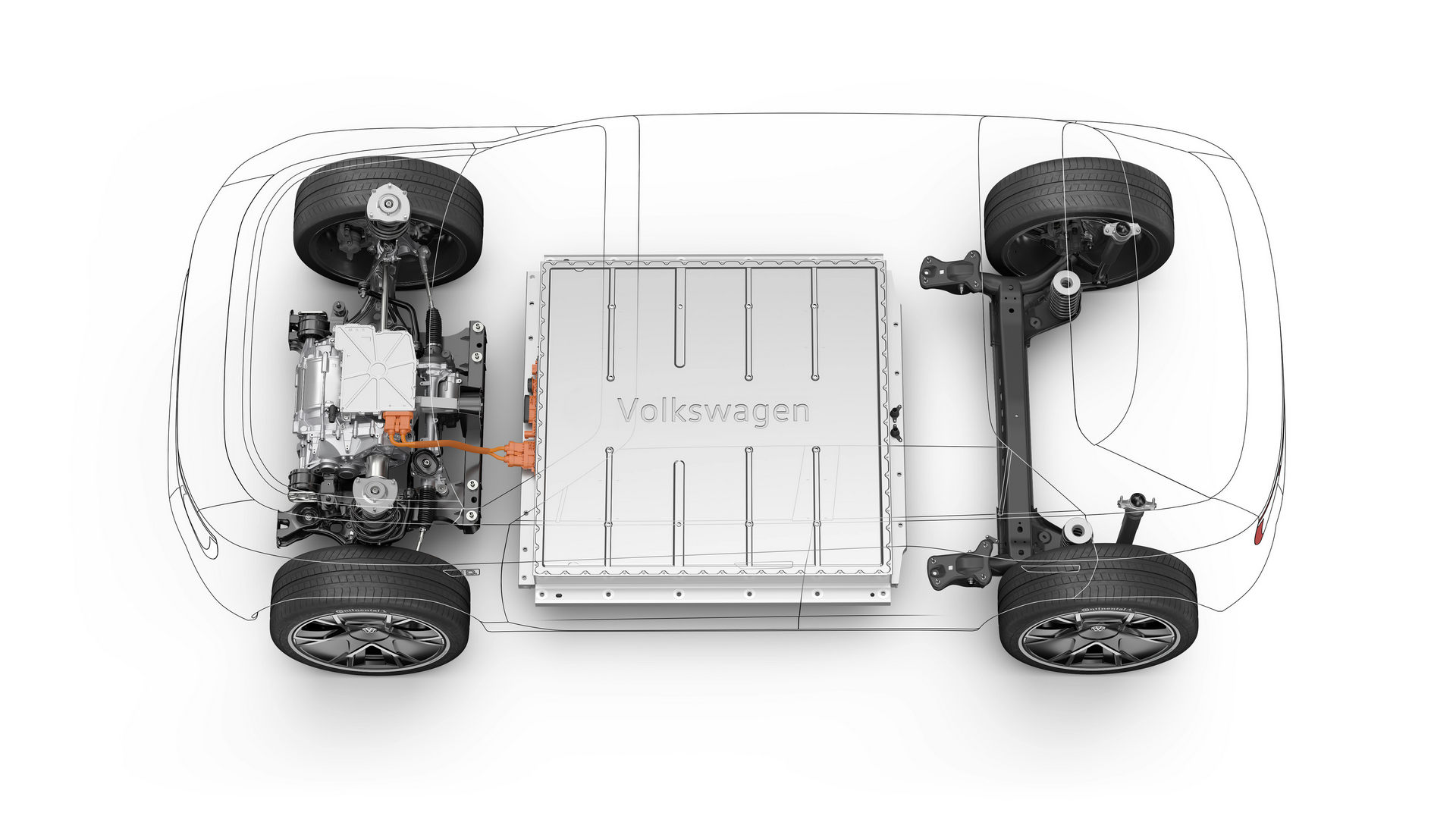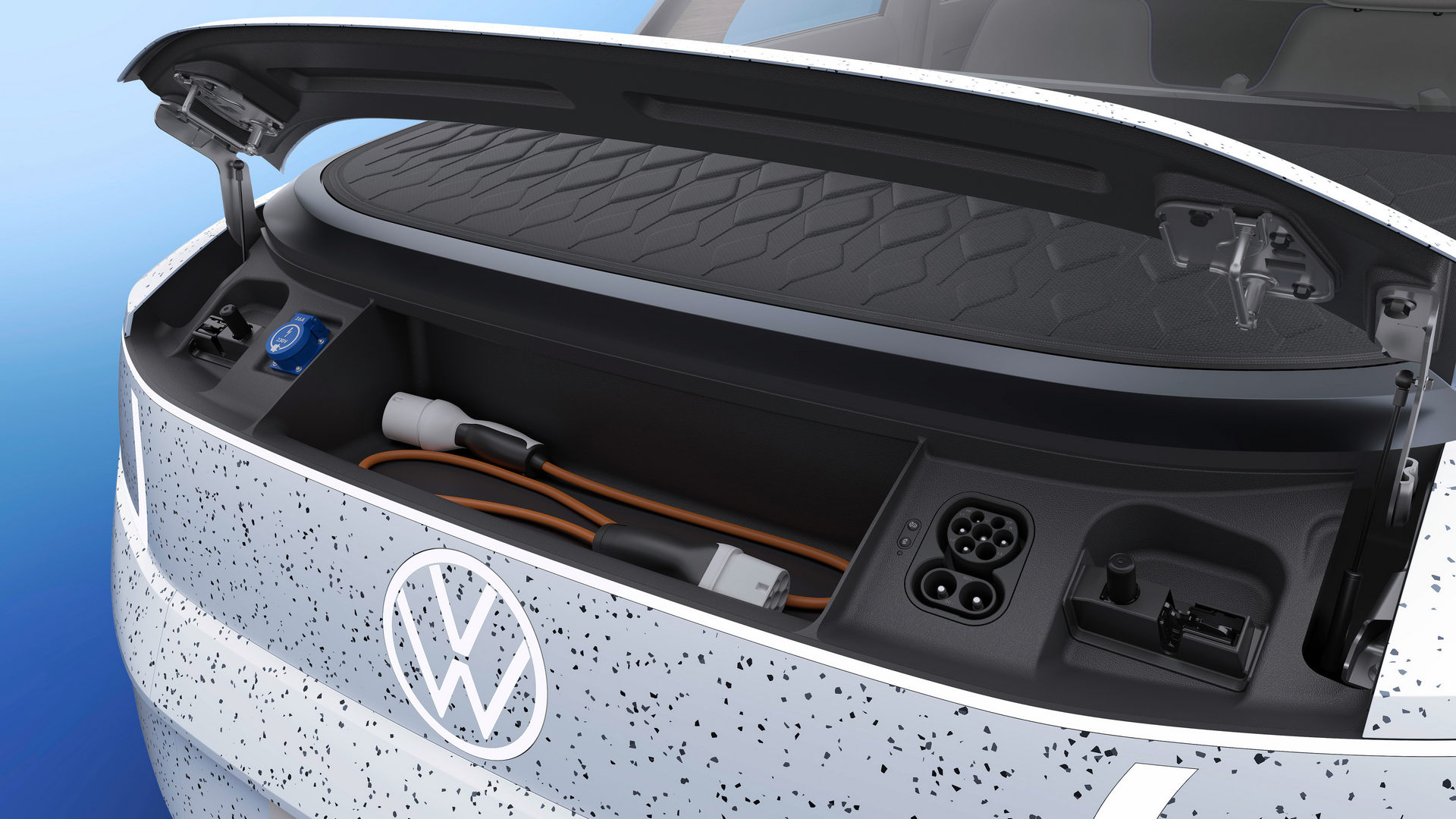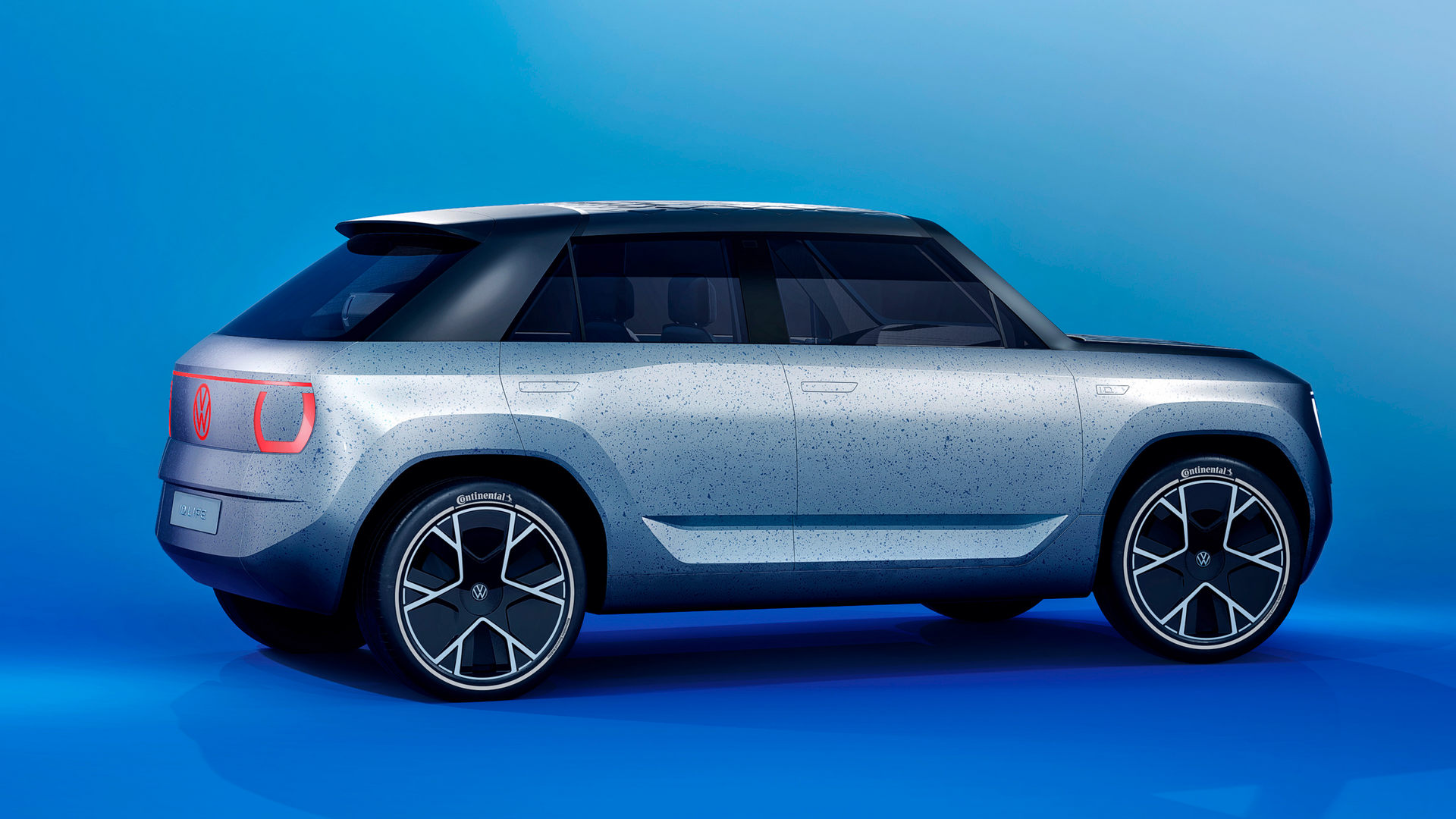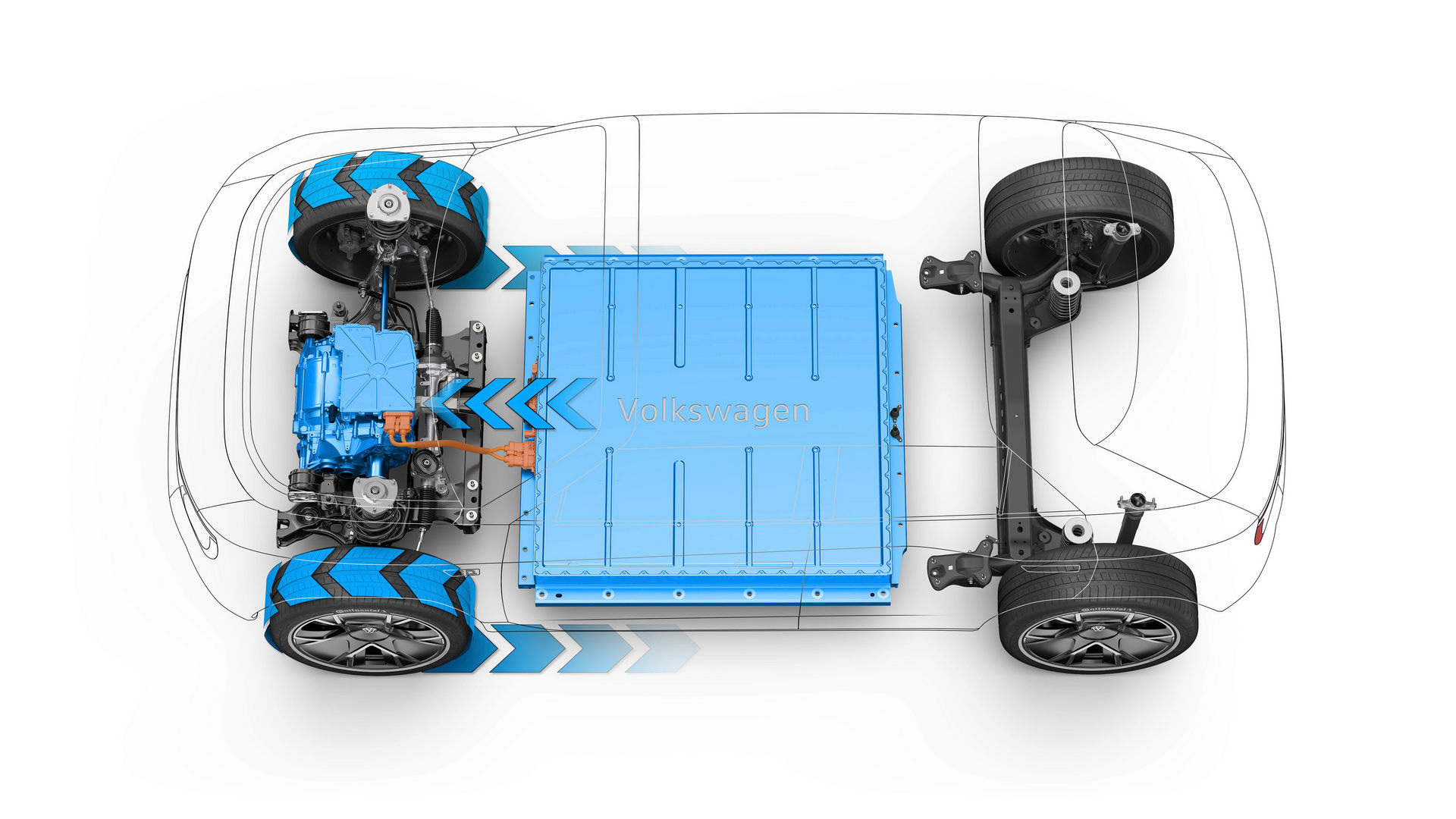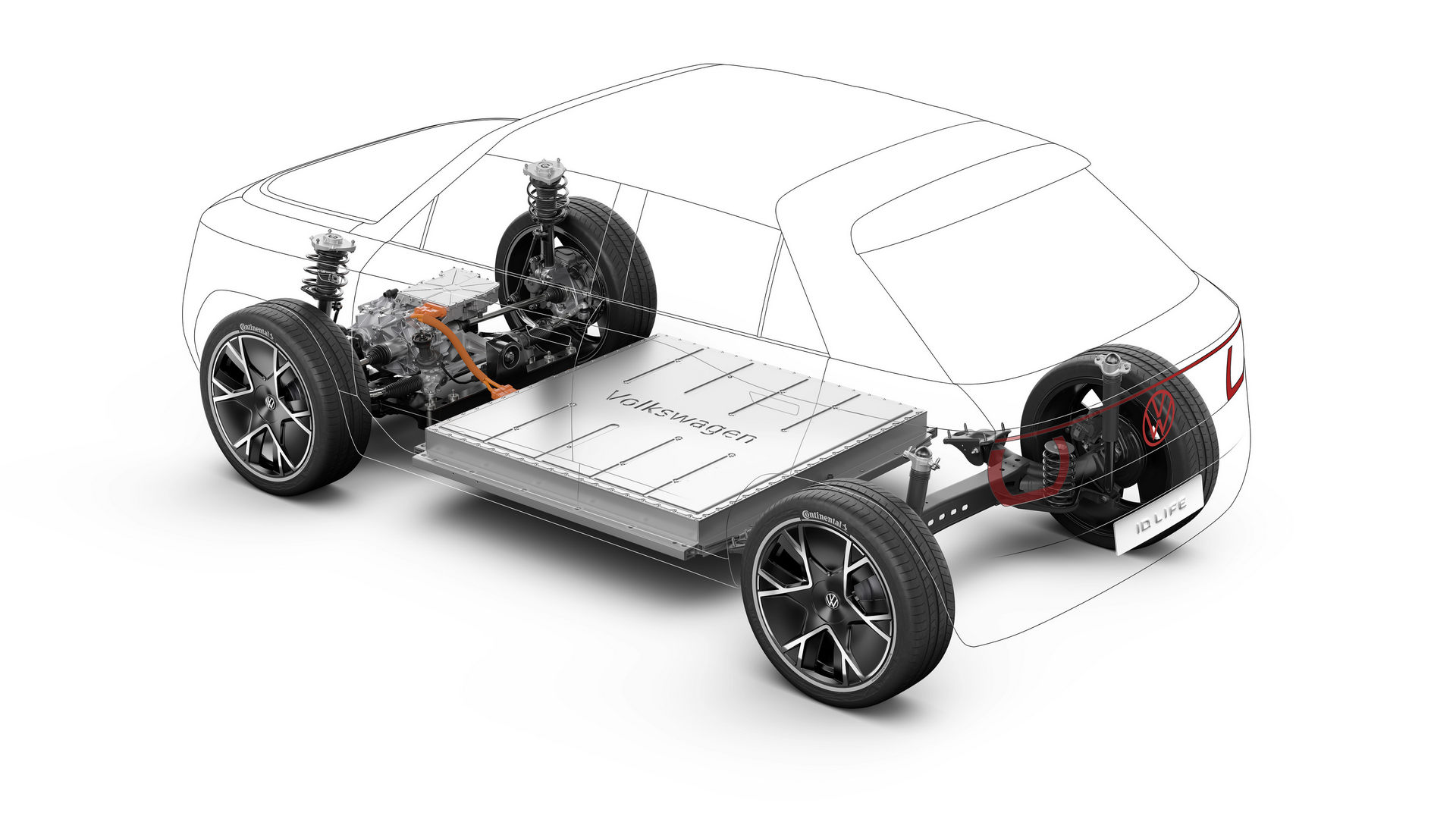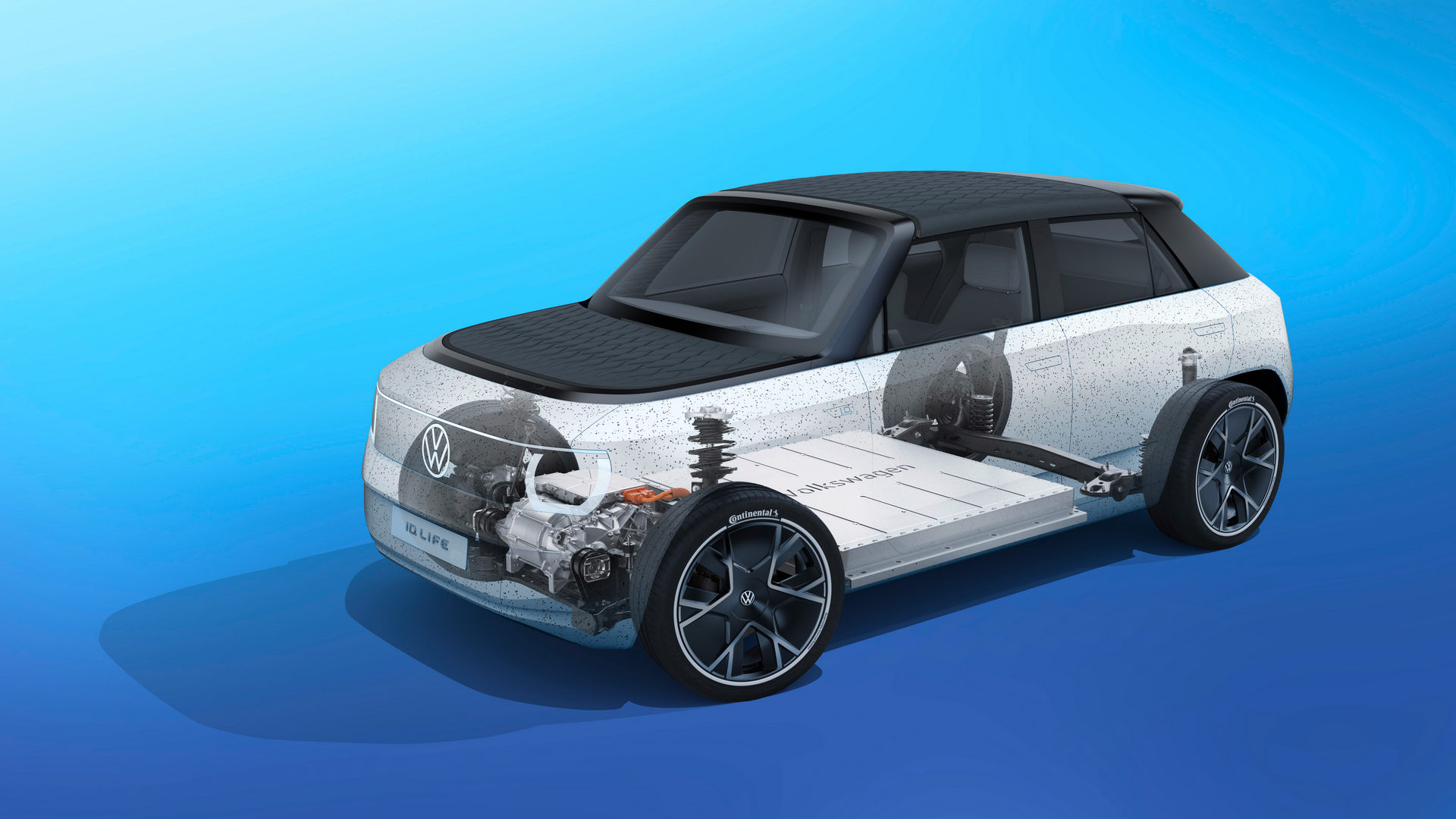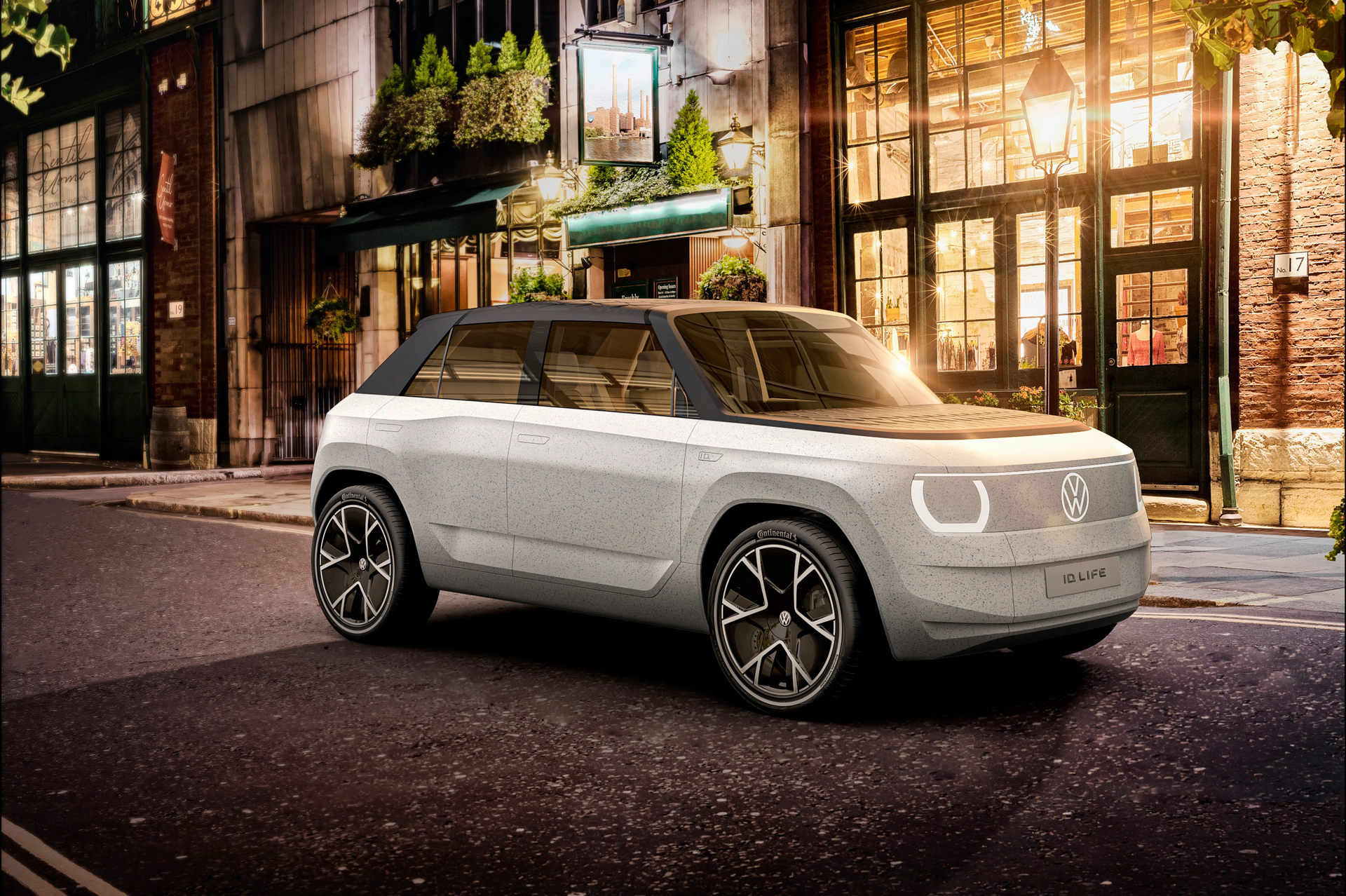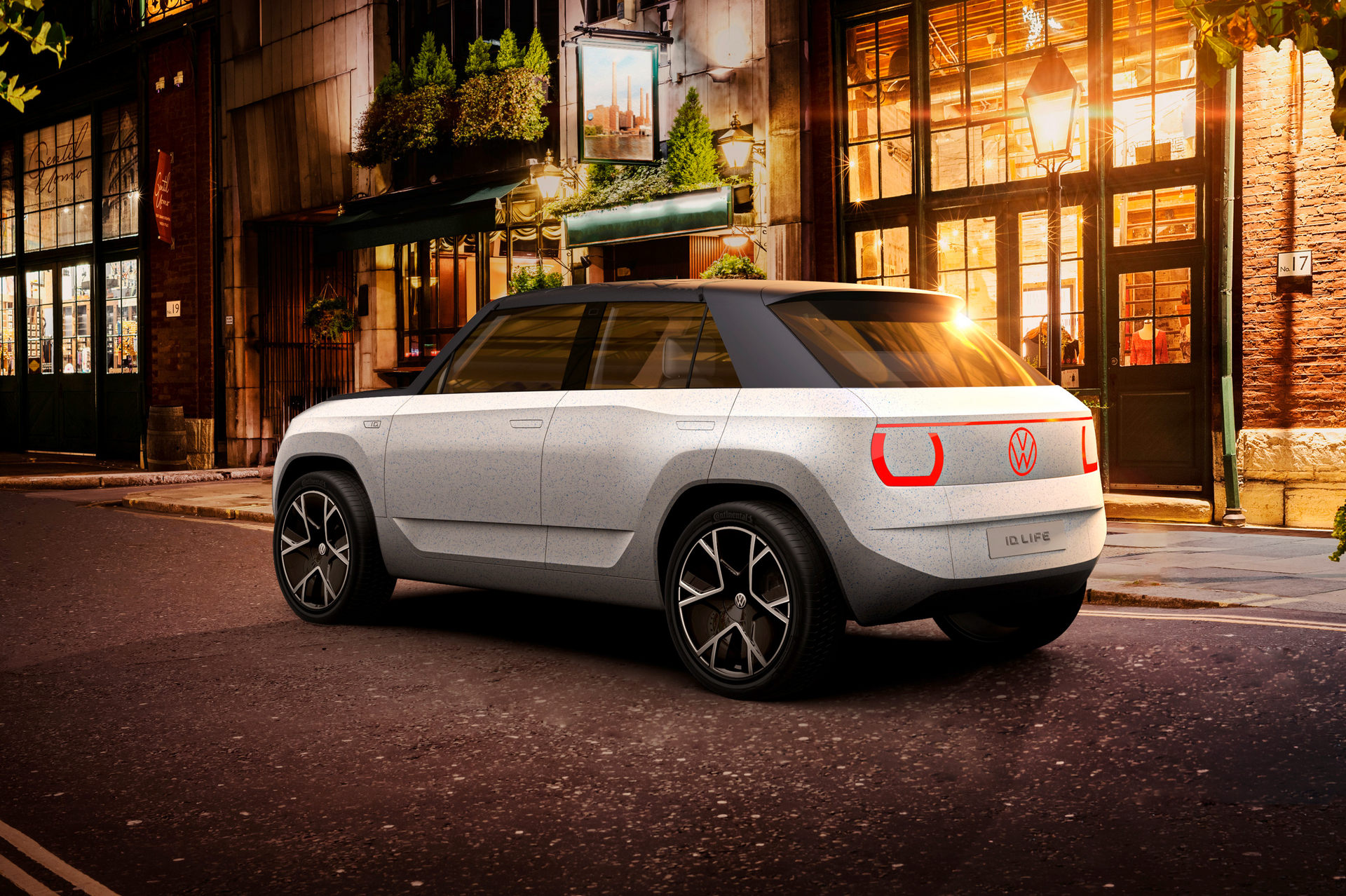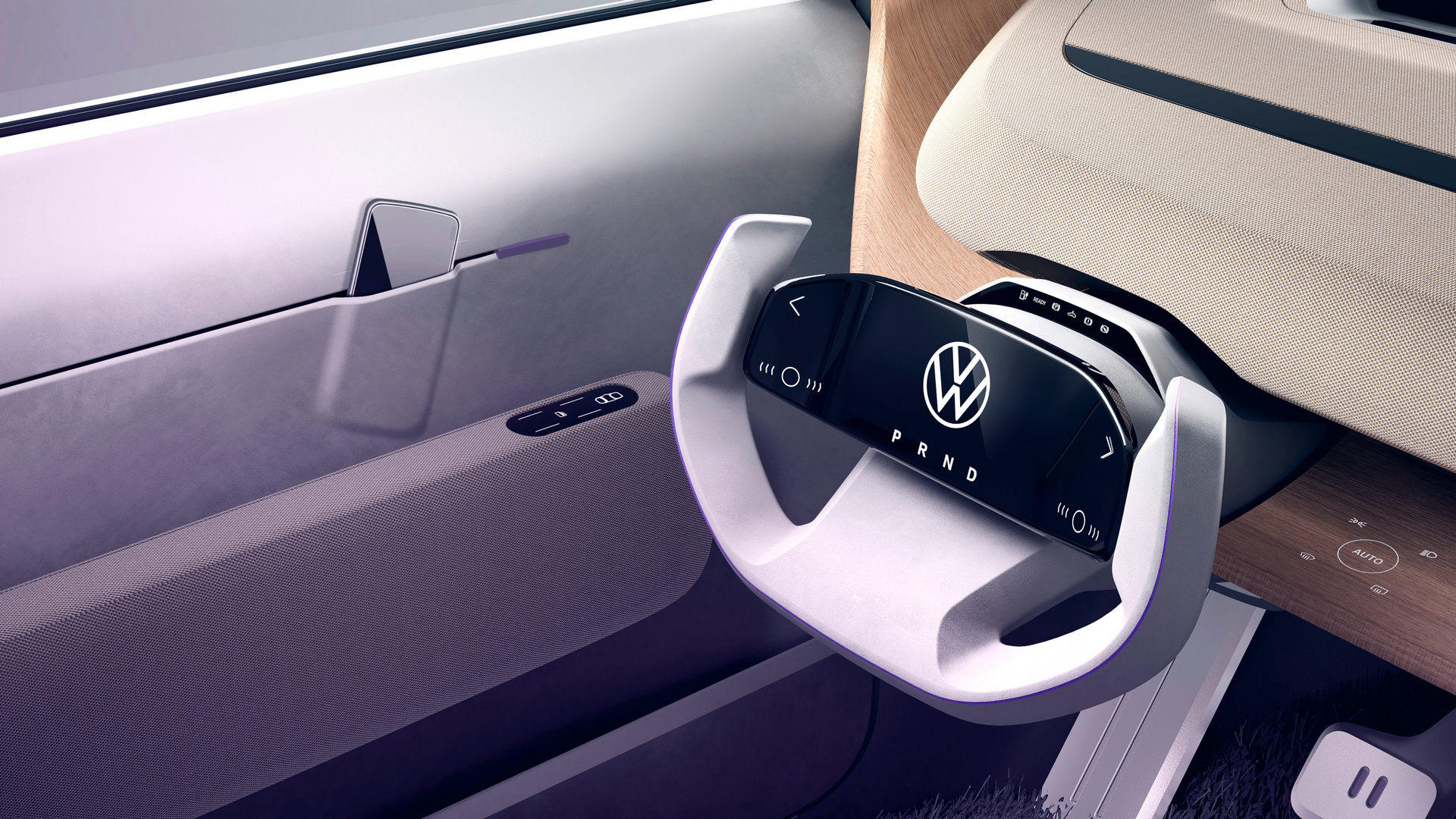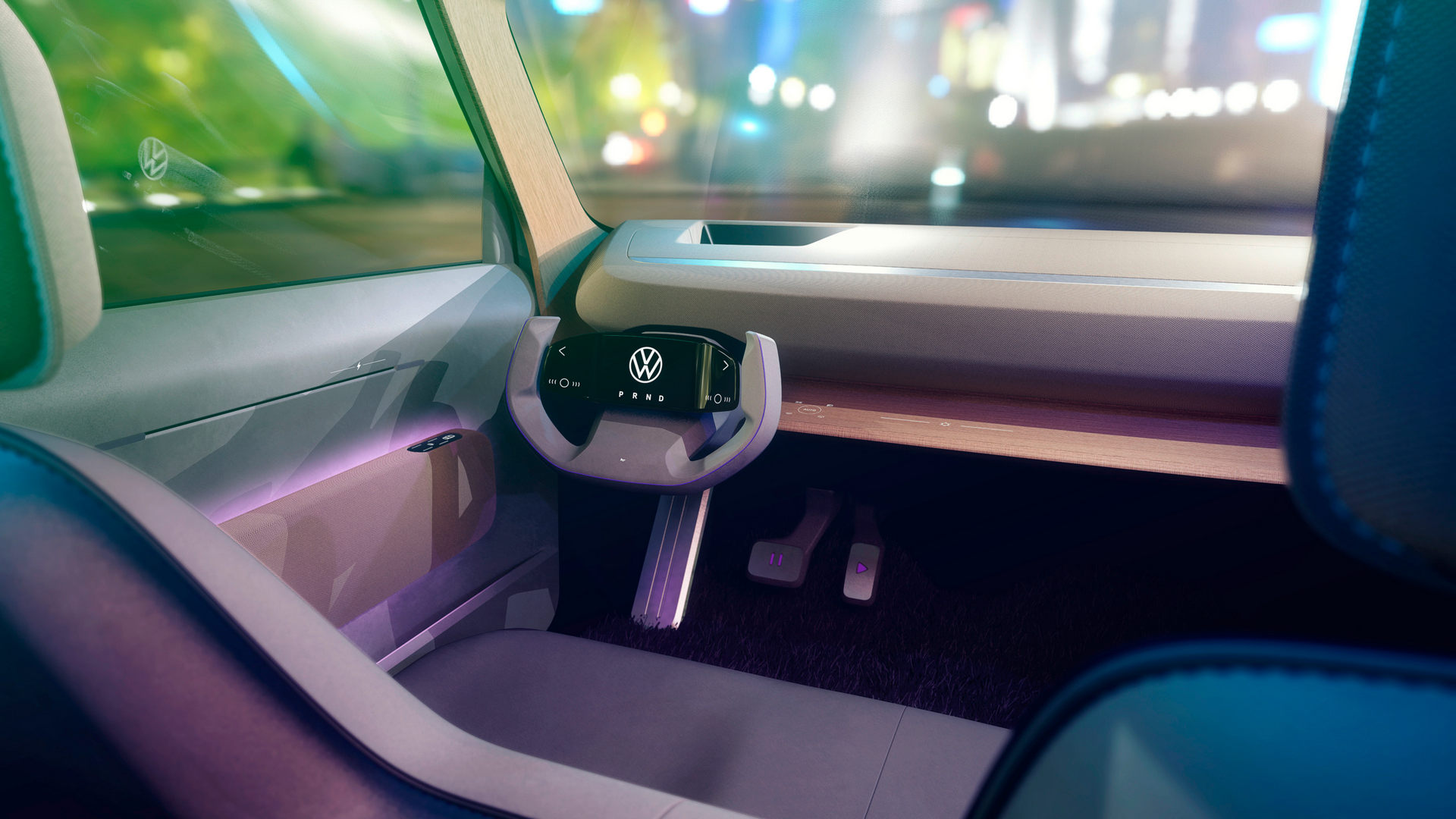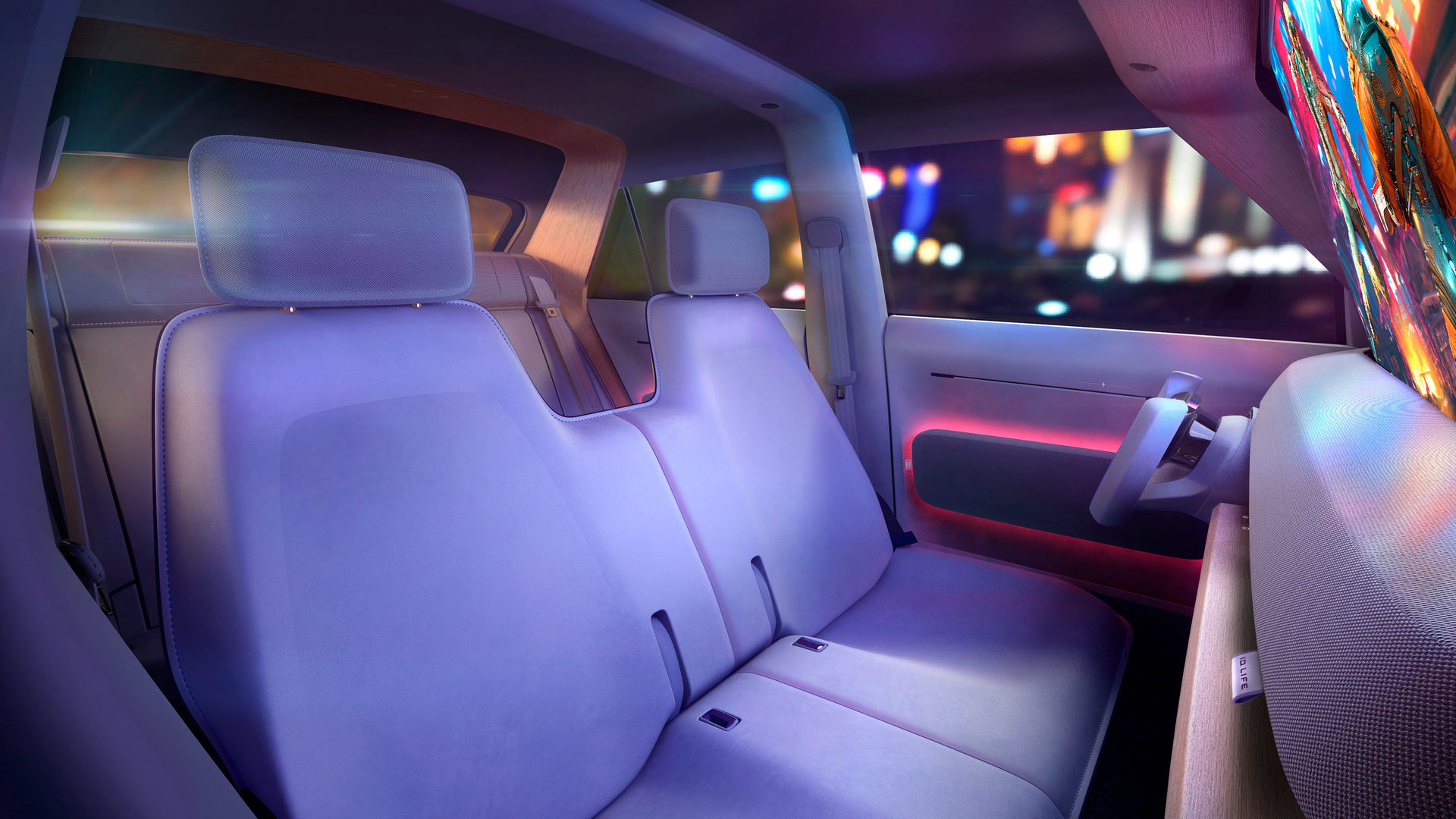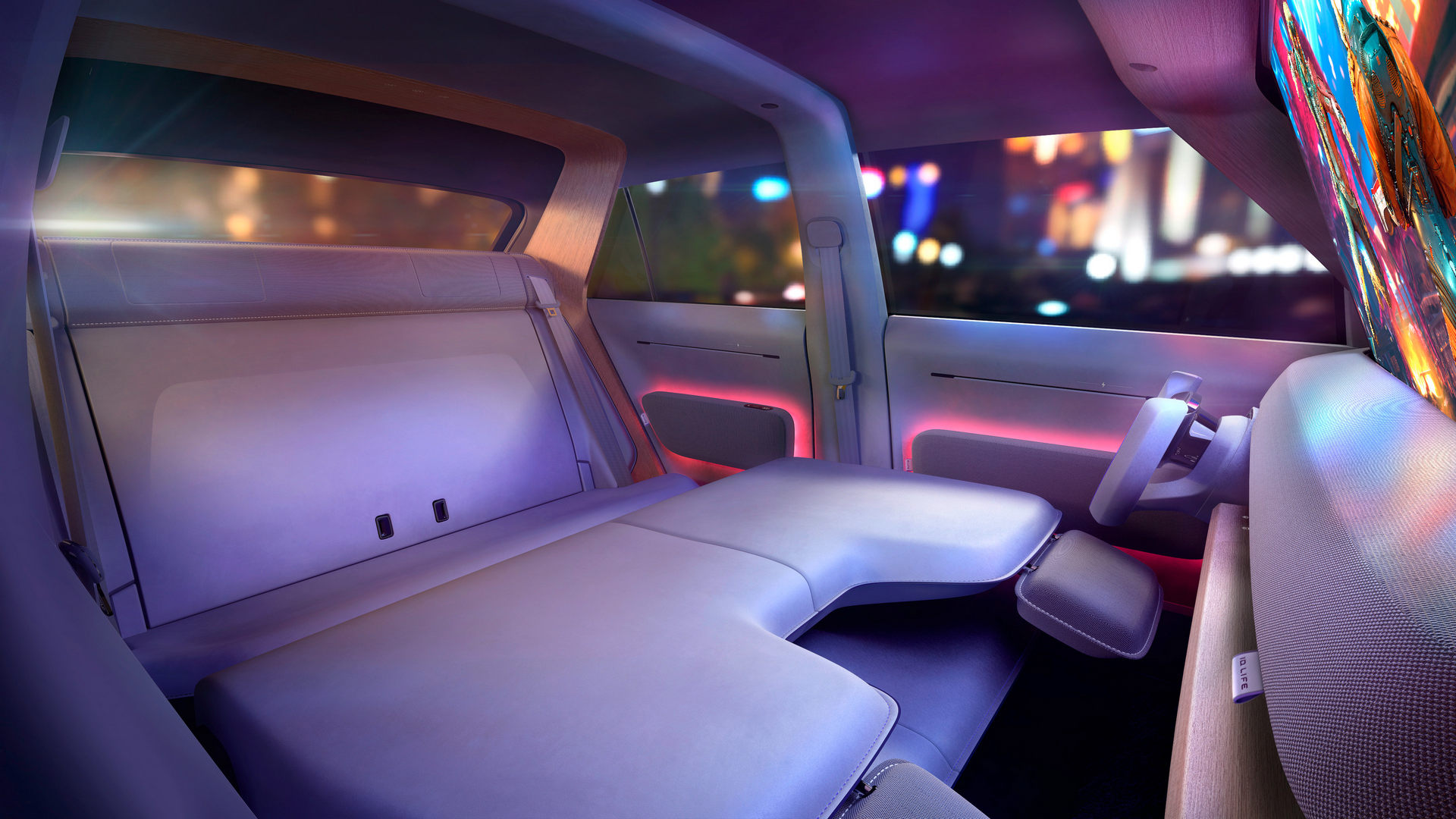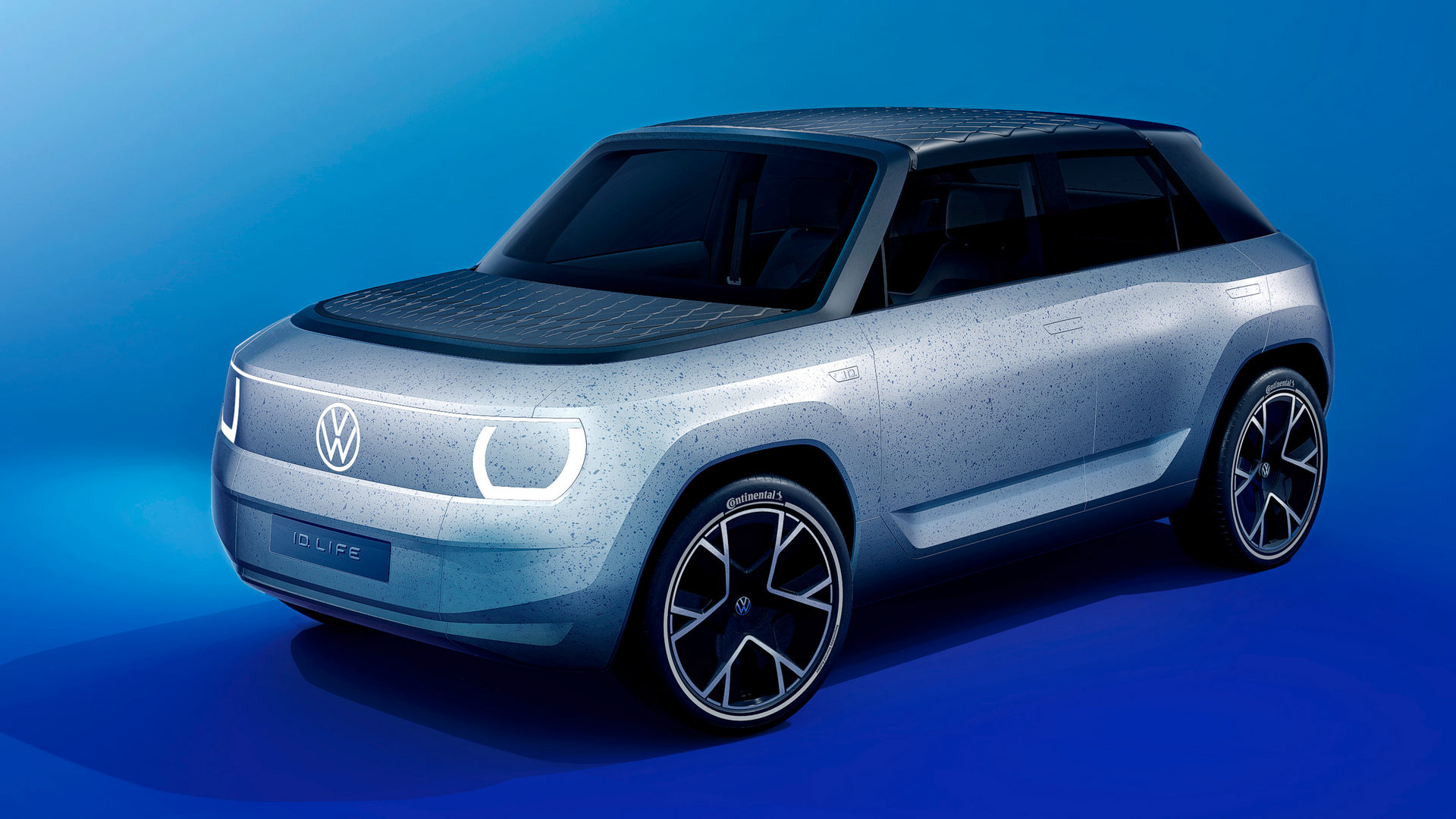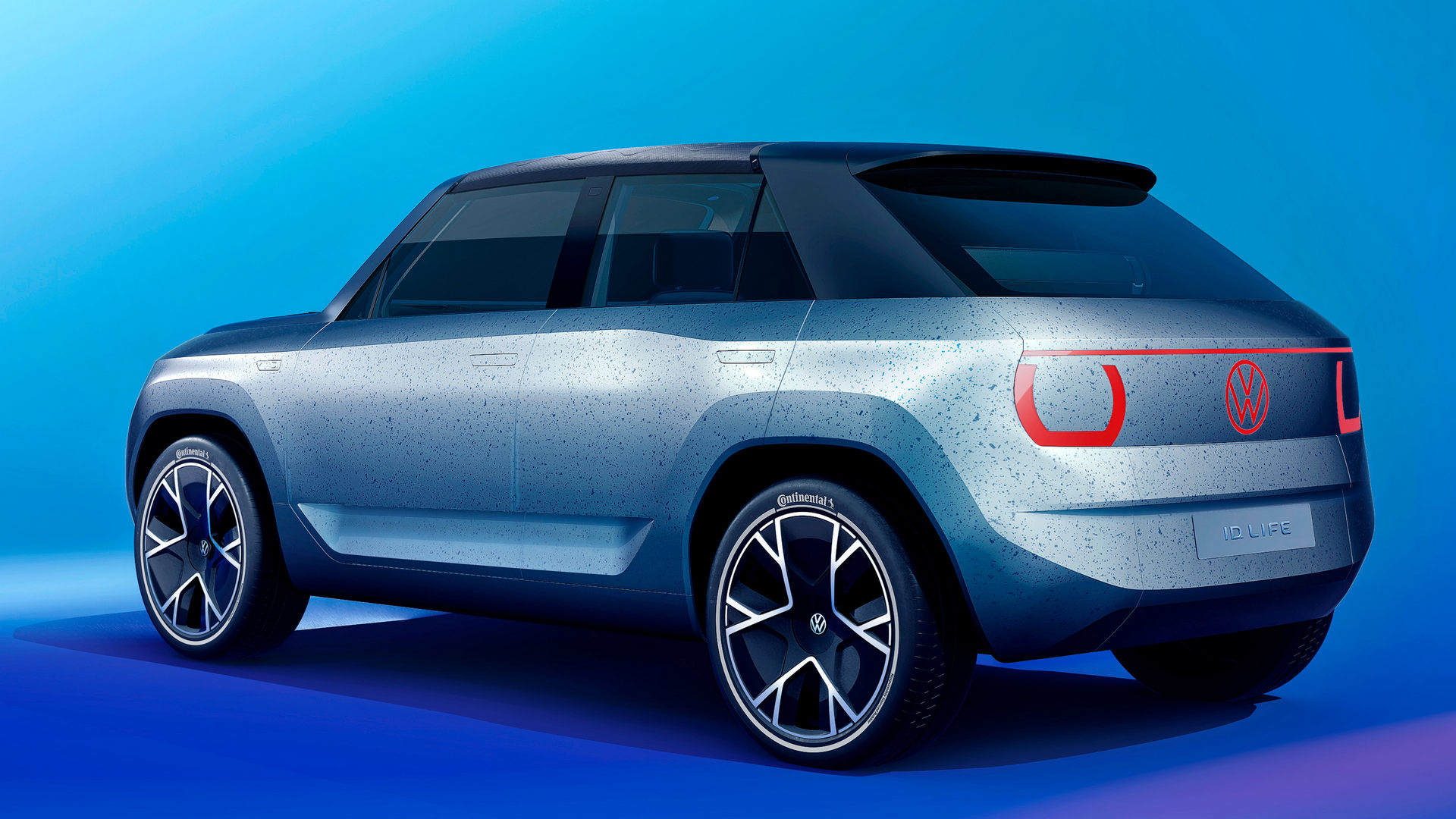This illustration was made by Jean Francois Hubert/SB-Medien for CarScoops. It is a speculative drawing that is not related to nor endorsed by Volkswagen.
With cars becoming more expensive due to the strict emission regulations and batteries becoming cheaper, it is inevitable that fully electric models will become just as, or even more, affordable than the equivalent ICE-powered proposals in the near future. VW is heavily betting on this scenario for the smallest member of the ID family, the ID.2, which is coming in 2025 with a price tag of €20,000 ($23,294).
The ID.2 was previewed by the ID.LIFE concept car in Munich last September. The production version might be years away, as it is scheduled for a late 2025 premiere, but the fully working prototype gives us a good idea of the design language. The model will be a B-Segment crossover, while a slightly smaller and lower-riding sibling bearing the ID.1 nameplate will follow later as a successor to the VW e-up! city car.
Styling that deviates from other members of the ID family
Instead of looking like a shrunken ID.3, the ID.2 will have its own identity with a boxy shape and a rather minimalist styling approach. Our exclusive rendering shows how the production model could look by toning down some features of the ID.LIFE. On the profile, the production model will probably feature conventional door handles and mirrors, while skipping the fancy removable roof of the concept.
Read Also: Cupra’s Small EV To Cost €5k More Than Volkswagen’s Own Model
At the front, the covered grille is painted in black with the more conventional headlights sending strong Beetle vibes with the rounded LED graphics. The bumper gets a modern intake similar to the multi-hole pattern introduced by the ID.3 and an aluminum-style skid plate for a more adventurous look combined with the increased ground clearance.
Judging from the ID.LIFE, the ID.2 will have a similar footprint to the ICE-powered VW T-Cross B-SUV. The concept car measured 4,091 mm (161 inches) in length, 1,845 mm (78.6 inches) in width, and 1,599 mm (62.9 inches) in height, with a wheelbase of 2,650 mm (104.3 inches).
Concept cars tend to have futuristic design features inside that are not intended for production. In this context we guess that the projector creating a 34-inch screen on the windshield, the yoke steering wheel and the hidden touchscreens on the dashboard won’t make it to the ID.2. What will likely make it though is the extensive use of sustainable and recycled materials, the foldable seats plus the lack of infotainment screen which is replaced by the user’s smartphone – at least in the lower trim levels.
Shared EV architecture for cost efficiency
Underpinning the ID.2 will be a shortened version of the MEB platform that is already used on the ID.3 and ID.4 alongside other fully electric models of the VW Group. It will be called MEB Eco and will be shared with a B-SUV from Seat, a hot-hatch by Cupra, a budget-friendly EV by Skoda and the smaller VW ID.1.
Instead of sizing out the overall dimensions, VW engineers have tweaked several characteristics of the MEB platform in order to make it a better fit for the smaller vehicles of the VW Group and reach the ambitious base price target.
Firstly, the electric motor is mounted at the front instead of the rear, which makes the ID.2 a FWD-only vehicle, allowing for more luggage space at the back and a frunk for charging ports and cables. In the ID.LIFE the e-motor produced 230 hp (172 kW / 234 PS) and 290 Nm (214 lb-ft) of torque, but in production we expect a less powerful unit since this is not a performance-oriented offering, although it will be interesting to see whether VW will launch a performance GTX variant.
For cost efficiency, the battery packs in the MEB Eco platform will used lithium-ion phosphate cells instead of lithium-ion nickel manganese cobalt ones. The ID.LIFE came with a 57 kWh battery capacity offering a 248-mile (400 km) range, although the ID.2 will most likely come with a range of different battery packs.
The €20,000 ($23,294) advertised starting price for the ID.2 would make it considerably cheaper compared to B-Segment EVs currently available such as the Peugeot e-208, Opel Corsa-e, Honda e and MINI Cooper SE, and could be on par with the upcoming Renault 5.
The production of the VW ID.2 will probably take place in Spain, alongside its sister models. Seat has confirmed its annual production goal of 500,000 urban EVs in its Martorell factory by 2025, and the ID.2 is likely to be part of that family.




